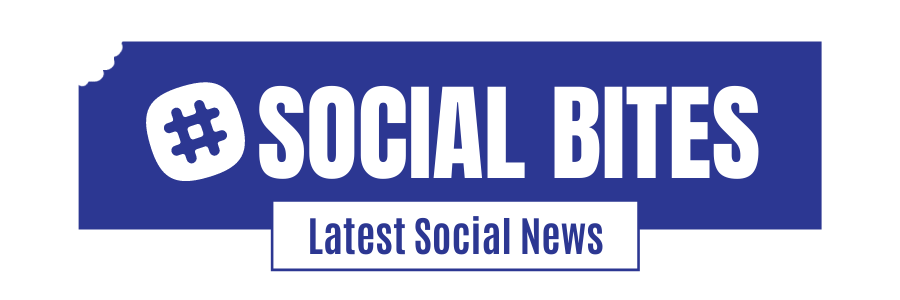Short, intense bursts of physical activity may be more beneficial for stroke recovery than moderate-intensity exercise, reports the American Heart Association (AHA).
The trial involved 82 men and women (aged 40 to 80) who had suffered a stroke between six months and five years ago. They were randomly assigned to groups. For three months, some patients did high-intensity interval training (HIIT) three times a week, while the rest did moderate exercise.
Cardiorespiratory endurance levels in the HIIT group increased twice as much as in the moderate exercise group. This indicator reflects how much oxygen a person consumes per kilogram of body weight per minute. The higher it is, the better the patient tolerates physical activity. High levels of cardiorespiratory fitness are associated with a reduced risk of heart disease, stroke, and heart attack.
Initially, both groups were able to walk approximately 355 meters in 6 minutes. After three months of training, all patients were able to walk an additional eight meters, and then the distance was increased by another 10 meters.
Moderate-intensity continuous training consisted of 20 to 30 minutes of moderate-intensity exercise. HIIT consisted of ten 60-second intervals of high-intensity exercise, with 60-second intervals of low-intensity exercise in between. The scientists used an adapted “laying” step that allowed HIIT to be performed even by those who could not walk fast enough or long enough on the treadmill.
The study included people at relatively low risk of heart disease and in good physical health after a stroke, so the authors’ results may not be generalizable to less resilient patients after a stroke.
Formerly a doctor It has been saidHe said that tingling in the limbs could be a sign of multiple sclerosis.
What are you thinking?
Source: Gazeta
Barbara Dickson is a seasoned writer for “Social Bites”. She keeps readers informed on the latest news and trends, providing in-depth coverage and analysis on a variety of topics.

